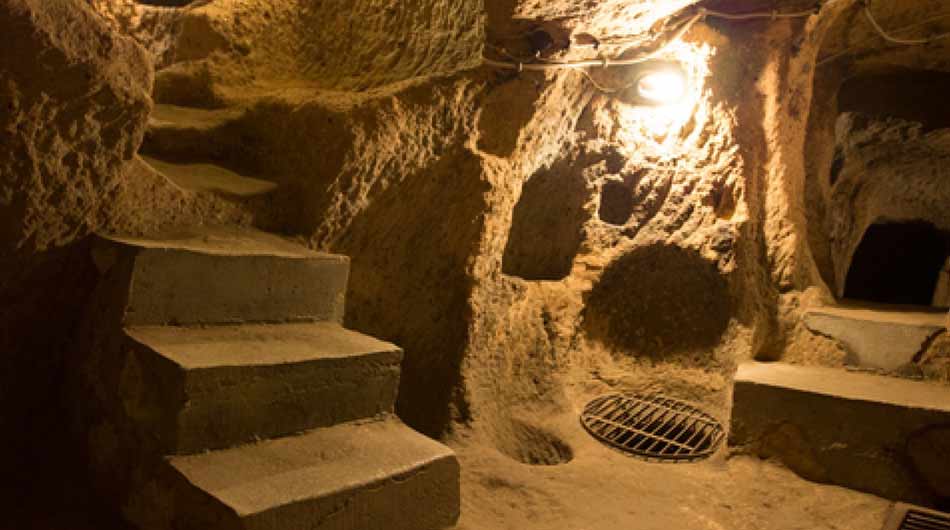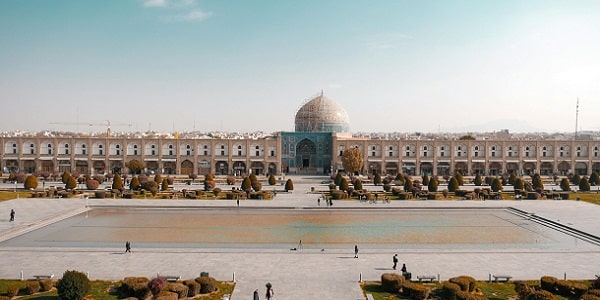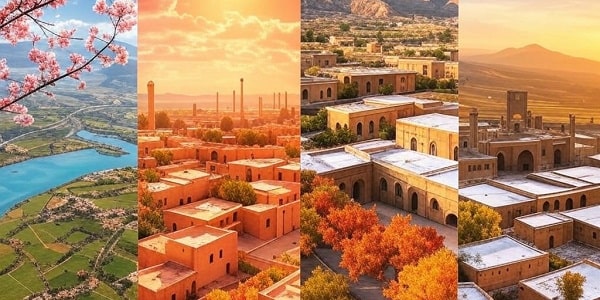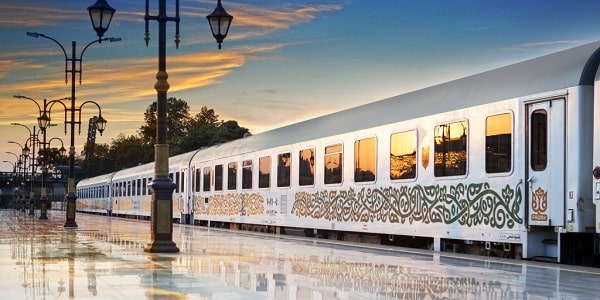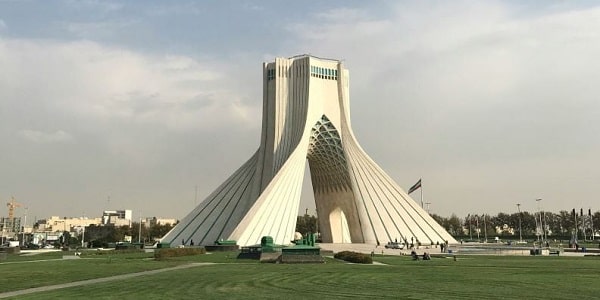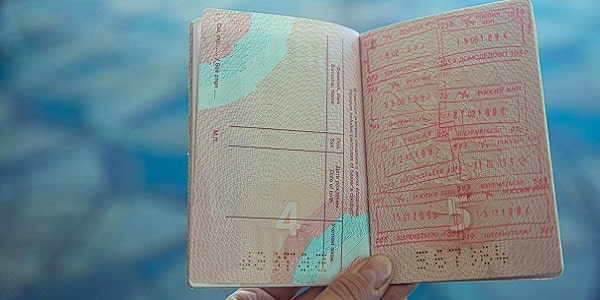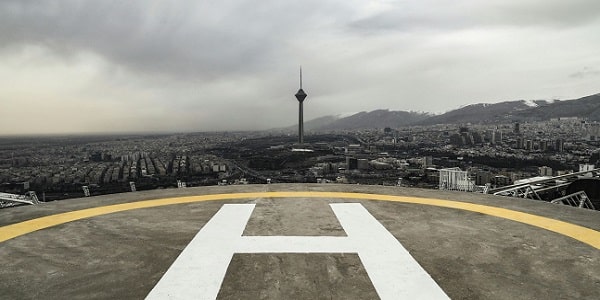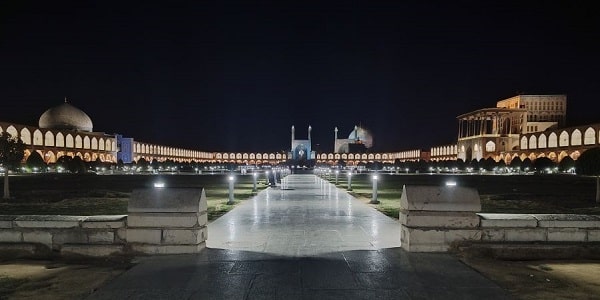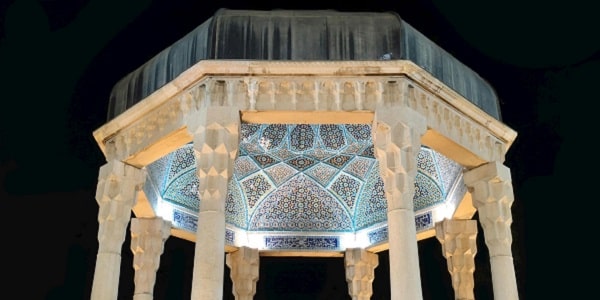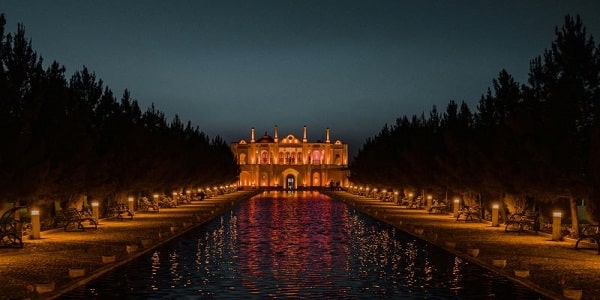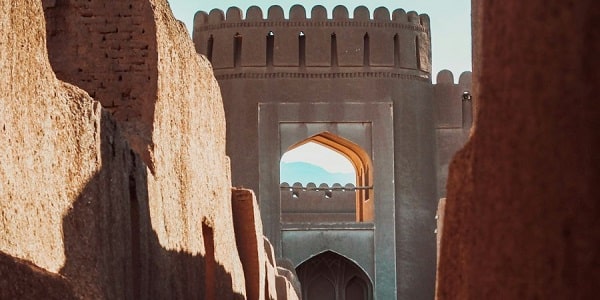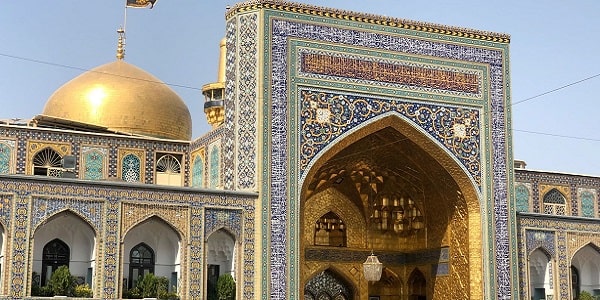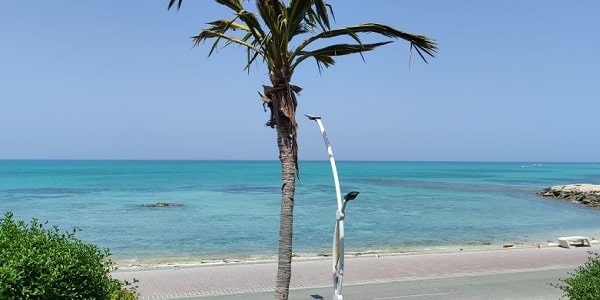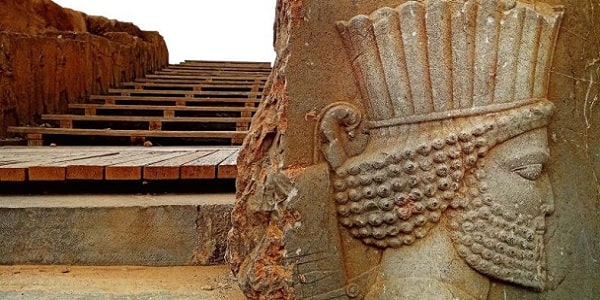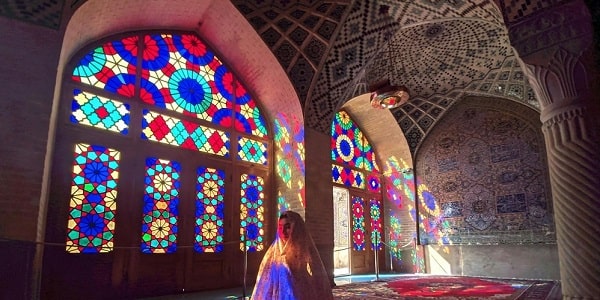Introduction: Iran’s Secret Underground World
Beneath Iran’s deserts and mountains lie ancient underground cities—some over 2,000 years old—built for survival, spirituality, and secrecy. These aren’t just caves; they’re complex labyrinths with ventilation shafts, stables, and even places of worship.
1. Nushabad: The 3-Story Underground Fortress
Located near Kashan, Nushabad (Ouyi) is Iran’s most famous underground city, spanning 4 square kilometers with depths up to 18 meters.
- Purpose: Escape from Mongol invasions (13th century) and extreme heat
- Features: 3 levels, hidden wells, defensive traps
- How to visit: Guided tours from Kashan (1-hour drive)
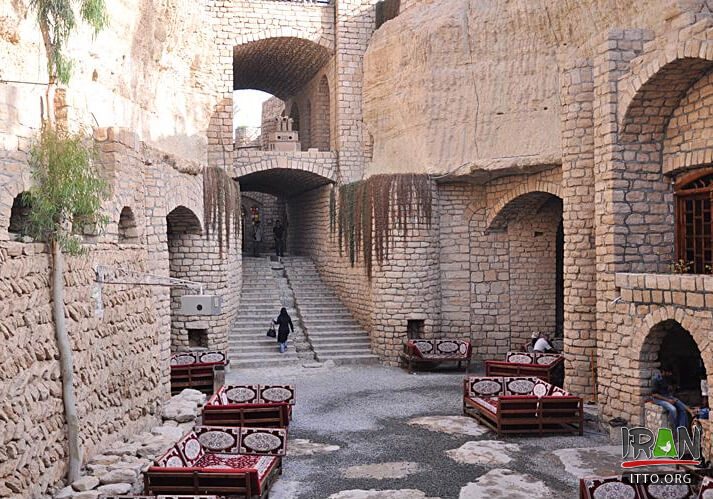
2. Kandovan: The Troglodyte Village Still Inhabited Today
Unlike Nushabad, Kandovan in East Azerbaijan isn’t fully underground—its cone-shaped rock houses are carved into volcanic ash, with some tunnels connecting dwellings.
- Age: Over 800 years old
- Unique fact: 168 families still live here year-round
- Must-see: The underground mosque and thermal springs
3. Samen: The Underground City of 50,000 People
Discovered in 2005 near Malayer, Samen could house 50,000 people across 25 hectares. Archaeologists believe it dates back to the Parthian Empire (247 BCE–224 CE).
- Mystery: No written records exist about its construction
- Structure: 25 interconnected chambers with staircases
- Status: Partially excavated (not fully open to tourists)
Why Were These Cities Built?
Archaeologists identify three main reasons:
- Defense: Protection against invaders (Mongols, Arabs)
- Climate control: Staying cool in summer, warm in winter
- Secrecy: Hideouts for religious minorities like Zoroastrians
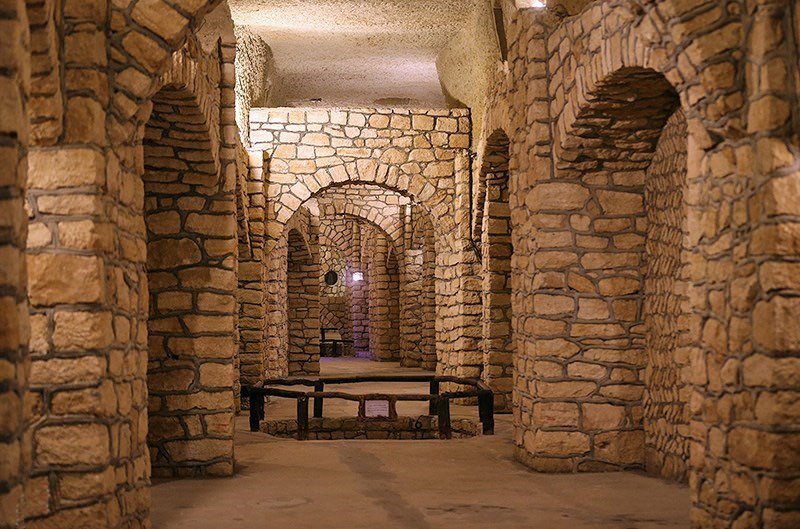
Practical Guide for Visitors
Best Time to Visit
- Nushabad/Kashan: March–May (avoid summer heat)
- Kandovan: June–September (mild mountain weather)
What to Bring
- Flashlight (some areas are poorly lit)
- Comfortable shoes (uneven surfaces)
- Light jacket (constant 15°C/59°F underground)
Safety Tips
- Never explore unmarked tunnels alone
- Claustrophobics should avoid deep sections
- Check political advisories before travel
Final Thoughts: A Journey Through Time
Iran’s underground cities reveal an ingenious side of Persian history often overshadowed by mosques and palaces. Walking through these tunnels, you’ll marvel at how ancient civilizations thrived against all odds—literally beneath the surface.
Pro tip: Combine Nushabad with a Kashan day trip, or pair Kandovan with Tabriz for a diverse northern Iran itinerary.
More Blogs

Medical Toruism
Dental Services
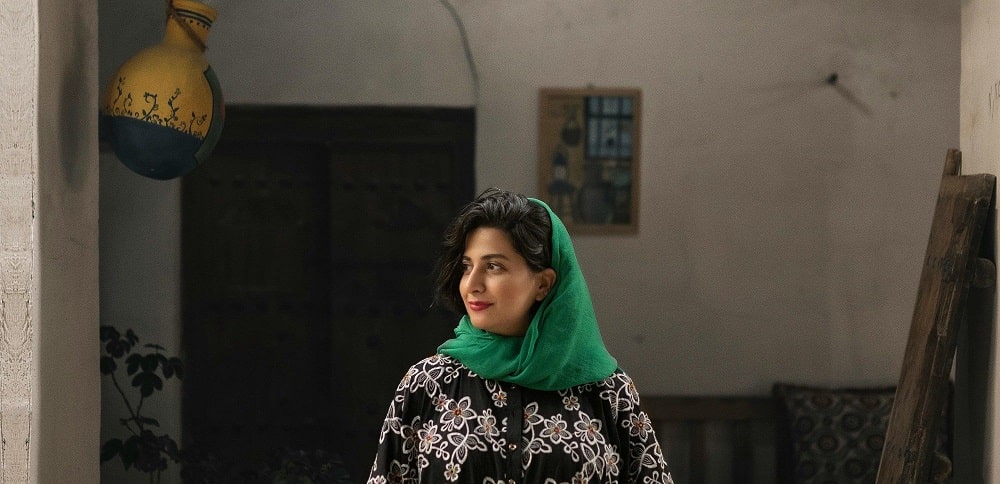
Travel
Iran Dress Code

Travel
Iran Currency

Travel
Iran Hotel Booking
Travel
Rial vs Toman
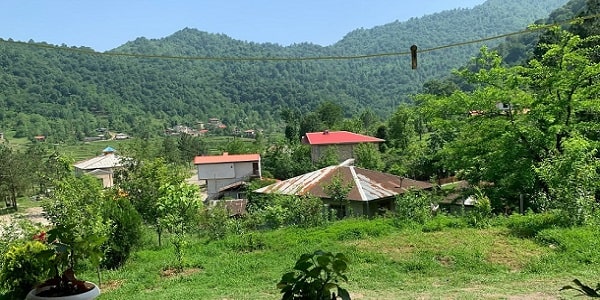
Travel

